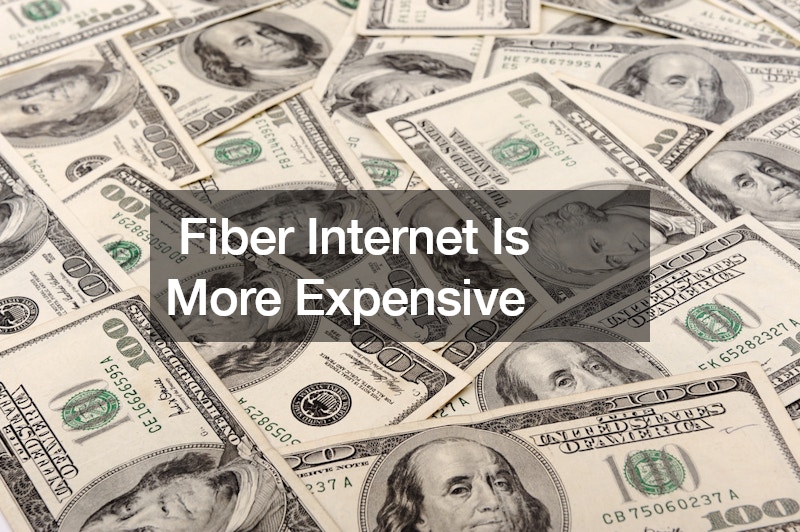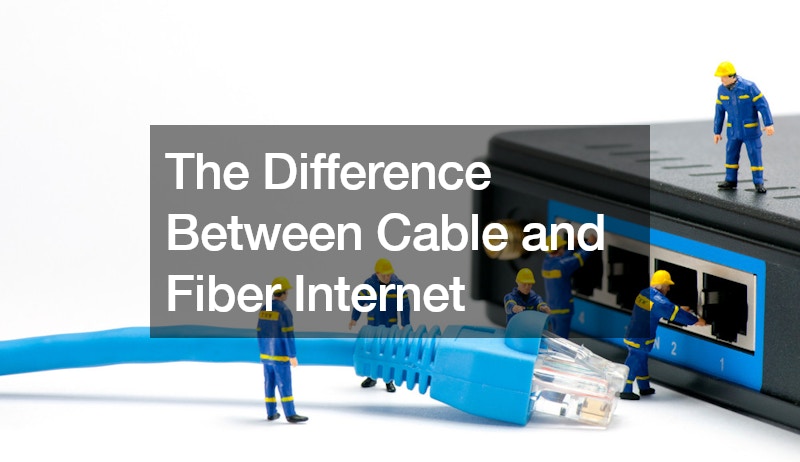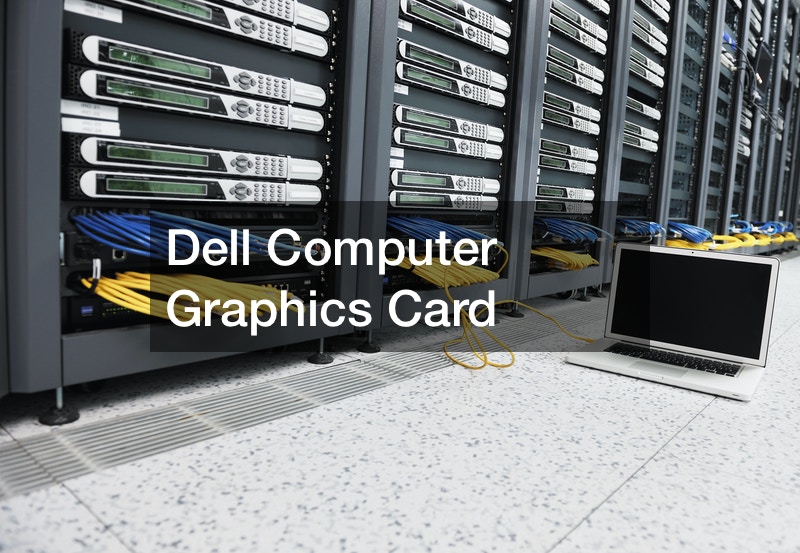
In the modern era, where internet connectivity is as essential as electricity for most homes and businesses, choosing the right type of internet service can significantly affect everything from your daily communications to entertainment and work productivity. Two of the most prevalent forms of broadband internet are cable and fiber-optic, each with distinct technologies and benefits. Understanding the difference between cable and fiber internet can help consumers make informed decisions based on their needs.
Technology and Speed
Cable internet uses the same coaxial cable network that transmits television signals into your home. This technology has been around for decades, initially designed to deliver cable TV, which means it’s widely available but not specifically optimized for internet speeds.
Cable internet speeds can vary depending on the network load, which means your internet speed can slow down during peak usage times when more people are online.
On the other hand, fiber internet uses cutting-edge technology that transmits data through strands of optical fibers, which are thin glass or plastic fibers designed specifically for digital communication. Fiber-optic cables send data at the speed of light, using light signals instead of electrical ones, which significantly enhances the data transmission rate. Fiber internet provides much higher speeds and bandwidth than cable. Importantly, fiber speeds are not affected by high usage times, offering consistent performance regardless of network traffic.
Reliability and Latency
Fiber-optic internet is generally more reliable than cable. Fiber cables are less susceptible to inclement weather conditions and electrical interference that can impact cable internet because the core of fiber-optic cable is made of glass, which does not conduct electricity. This makes fiber a superior choice in areas prone to severe weather conditions.
Latency, or the time it takes for data to travel from its source to its destination, is another critical factor. Fiber-optic internet typically offers lower latency than cable internet, which means it is faster in terms of response time. This is particularly important for online gaming, video conferencing, and real-time online trading, where milliseconds can matter.
Availability and Cost
One of the major drawbacks of fiber internet is its availability. Building the infrastructure for fiber-optic internet is costly and time-consuming. As a result, fiber-optic services are primarily available in urban and some suburban areas but less so in rural regions. Cable internet, being older and utilizing existing television networks, has a much broader availability and can be accessed in many areas where fiber is not an option.
Cost-wise, fiber internet tends to be more expensive than cable internet, reflecting its superior service quality. However, as fiber becomes more widespread, prices are gradually becoming more competitive.
Watch the video above to learn more and decide whether to choose cable or fiber internet in Dover, OH or a nearby area!.




